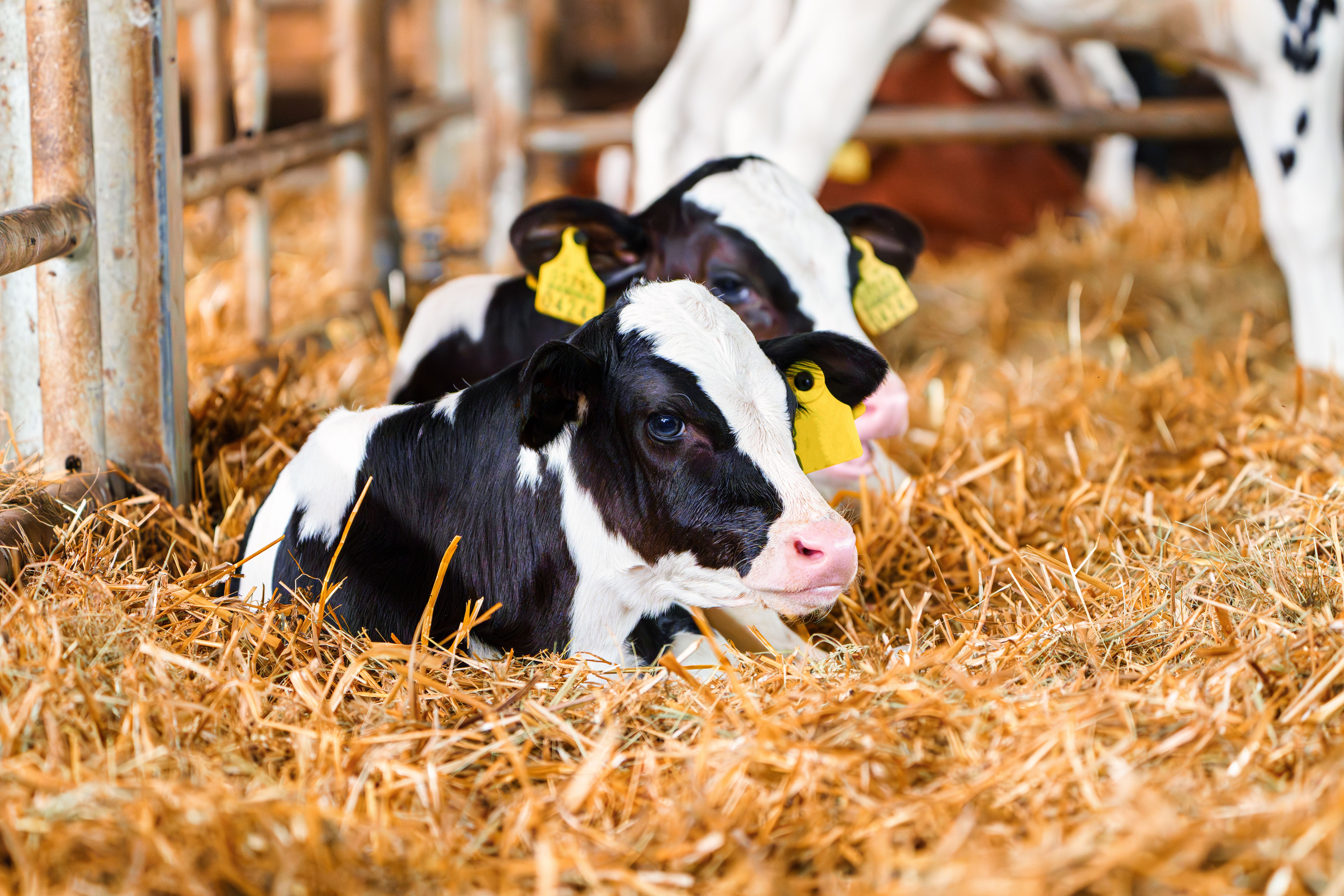Tracing the Minerals - Studies Confirm High Bioavailability
Supplementing trace minerals in animal nutrition is extremely important. The performance of today's livestock is steadily increasing – and this is accompanied by a need for key trace minerals. However, an EU-wide reduction in the maximum levels of zinc, manganese, iron and copper permitted in total feed and the use of trace element sources with limited availability minimizes the scope for sufficient supply for our livestock.
Organic trace mineral sources straight into the background
The crucial factor for safe uptake of trace elements via the animal's small intestine is their stability in the anterior digestive tract – and this is determined by the binding partner. Inorganically-bound trace minerals have binding partners including sulfates or oxides that are less expensive and therefore frequently used in practice. However, their digestibility is significantly lower compared to organically-bound trace minerals in which the trace element binds to carbohydrates, amino acids or other organic acids.
In animal nutrition, the poorer digestibility of inorganic sources is compensated by increasing the levels of trace minerals in the feed. This leads to more environmental pollution, because the trace minerals not absorbed by the animal are excreted. The use of organically-bound trace minerals offers an alternative to less digestible, inorganic trace minerals. Thanks to their better digestibility, lower amounts can be used, which lessens the burden on the environment without sacrificing performance. In fact, the higher availability of organically bound trace minerals is associated with positive special effects. For example, adding organically-bound zinc and manganese can enhance claw and udder health in dairy cows or improve skin integrity on broiler carcasses.
Establishment of products since 1992
Biochem established organically-bound trace minerals in the European Union more than 25 years ago with the amino acid chelate B.I.O.Key®. Organically-bound macrominerals such as calcium and magnesium were also established in the form of lysinate. The Biochem range of trace minerals was expanded in 2007 with the development of the new glycine chelate E.C.O.Trace®. These products have been continuously developed and confirmed by positive experiences. The advantage of glycine chelates is that they have a smaller chelate structure and a higher metal content. This is due to the small size of the single amino acid glycine.
Organically bound trace minerals exceed quality standards
Different amino acids and peptides may be the binding partner for the chelation of the trace mineral in amino acid chelates. This depends on the efficiency of the protein cleavage (hydrolysis), because individual amino acids facilitate the high chelation of trace minerals. Thus, amino acid chelates are defined by molecular size (10% of the molecules below 1500 daltons).
Protein hydrolysis is not necessary for glycine chelates like E.C.O.Trace® because only glycine serves as the binding partner of the trace mineral. Crucial to the high availability of both chelates is the ratio of binding partner and trace mineral in the product. This ratio must be at least 1:1 to ensure that each trace mineral can be chelated by the binding partner. Effective enzyme hydrolysis in the production of amino acid chelates and the excess of glycine in Biochem glycine chelate production meet and even exceed these requirements. The resulting successful chelation means that the trace mineral is available for absorption in the animal’s small intestine.
Studies confirm the bioavailability of trace minerals
Numerous tests have shown that the chemical product qualities are also confirmed in practice. The trace mineral sources are continuously tested in close cooperation with renowned institutes, universities and customers. Over the past decade, Biochem has regularly reviewed the efficacy of trace mineral sources in bioavailability studies in both piglets and broilers. This has been published internationally in scientific studies. The decisive factor is that these results are confirmed simultaneously with corresponding field trials. In a recent trial, the partial replacement of inorganic trace minerals with E.C.O.Trace® improved the reproductive performance of dairy cows. A significant 15-day reduction of the rest period along with a 9% increase in insemination success was observed with the use of E.C.O.Trace®.
Conclusion
The range of organically bound trace minerals currently on the market is diverse. This makes it especially important to evaluate the quality differences within the product group with the same binding partner. The production of high-quality, organically-bound trace minerals requires well-founded experience as well as numerous efficacy studies in the animal to confirm the quality.











